Despite being sold only in China, the Wuling Mini EV has quickly become the best-selling electric car in the world, surpassing even the Tesla Model 3. This is largely due to its affordable price and compact size. The question now is, will this model find success in Vietnam?
Introduced by SAIC-GM-Wuling in China in June 2020, the Wuling Mini EV, also known as the Wuling Hongguang Mini EV, has taken the market by storm. With a starting price of around $4,000 (less than 100 million VND), this domestic electric car offers great value for money. Its small size and convenience have also been key factors in its success. Additionally, the government incentives to promote electric vehicles have played a significant role in the Wuling Mini EV’s popularity.
Since its launch, the Wuling Mini EV has seen impressive sales numbers. In just the last 6 months of 2020, it sold 127,651 units. In 2021, the sales skyrocketed to 395,451 units, and in 2023, it reached 404,823 units. As of the beginning of this year, the total number of sales has exceeded 1.1 million units.
On average, more than 30,000 Wuling Mini EVs are sold each month, which is a remarkable figure considering that no vehicle in Vietnam has achieved sales of 3,000 units per month. In 2022, the Vietnamese market reached the milestone of consuming 500,000 cars per year for the first time.
The Wuling Mini EV stands out for its compact size. Measuring only 2,917 x 1,493 x 1,621 mm (length x width x height) with a wheelbase of 1,940 mm, the car is designed to provide a compact interior space for passengers. Its square and sturdy shape, similar to Japanese Keicars, adds to its practicality. The lightweight of the car, just 665kg, makes it extremely advantageous for parking in tight urban areas and maneuvering in traffic jams.
As an affordable model, the Wuling Mini EV has some limitations in terms of equipment. The car features a full-halogen lighting system, square and neat design elements, manually folding rearview mirrors, key-operated doors, and 12-inch wheels equipped with disc brakes. The cabin of the car is equipped with modest materials such as plastic and fabric and a simple dashboard with basic controls.
The Wuling Mini EV provides seating for four people on fabric seats. The seats are manually adjustable for the front row, and the rear row offers limited legroom. Folding the rear seats creates a maximum luggage compartment capacity of 741 liters. The car is available with two battery options: 9.2 kWh and 13.8 kWh, allowing for a range of up to 170 km. The electric motor delivers a maximum power of 17.4 horsepower and a top speed of 100 km/h.
While the Wuling Mini EV may not offer an exceptional driving experience, it serves as an affordable transportation solution for daily commutes. Its compact size and limited safety features make it suitable for low-speed urban driving, but it may not provide adequate protection in high-speed collisions.
In Indonesia, the car is sold as the Wuling AirEV with additional features such as airbags, a larger battery, a more powerful electric motor, and smartphone connectivity. In Vietnam, the joint venture TMT Motors is preparing to launch the Wuling Mini EV, with the possibility of some features being reduced to maintain affordability, which could impact the vehicle’s competitiveness in the market.
Overall, the Wuling Mini EV’s success story in China raises hopes for its potential success in Vietnam. Its affordability, compact size, and practicality make it an attractive option for those looking for an electric car in the Vietnamese market.
Anh Phan (Tuoitrethudo)


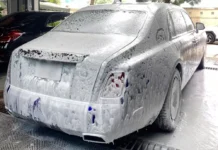







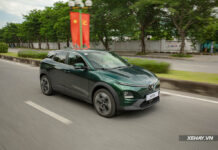
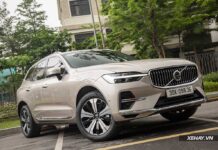

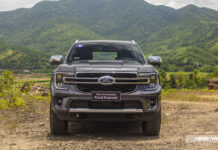







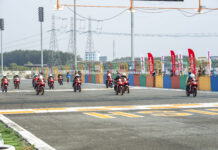
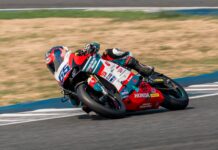
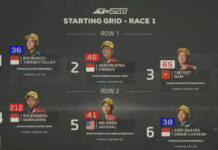
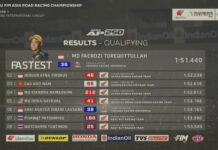





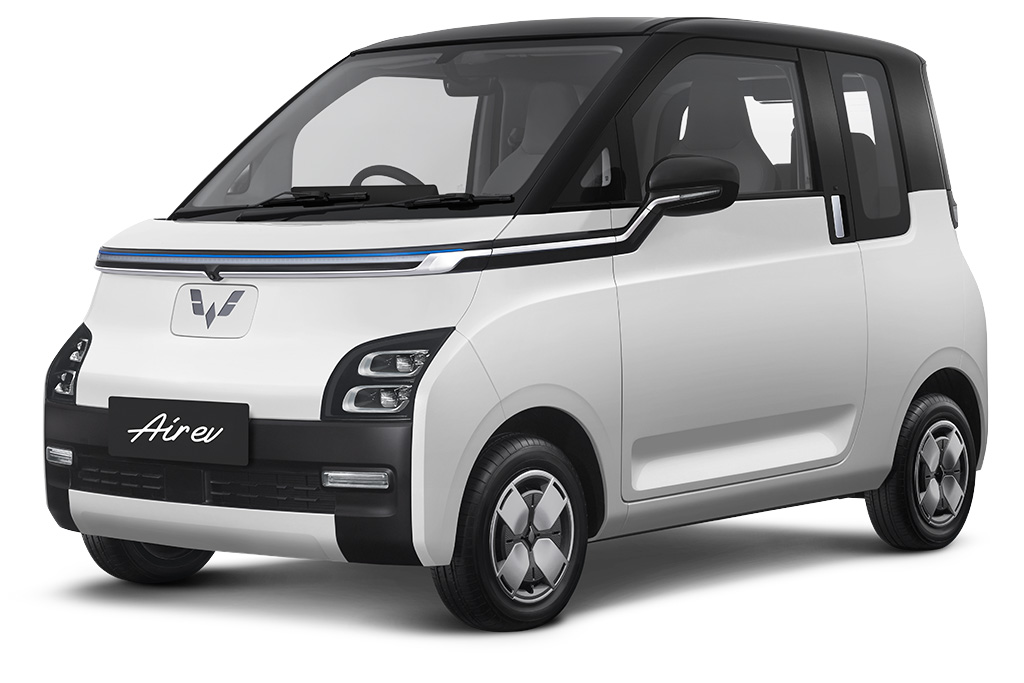
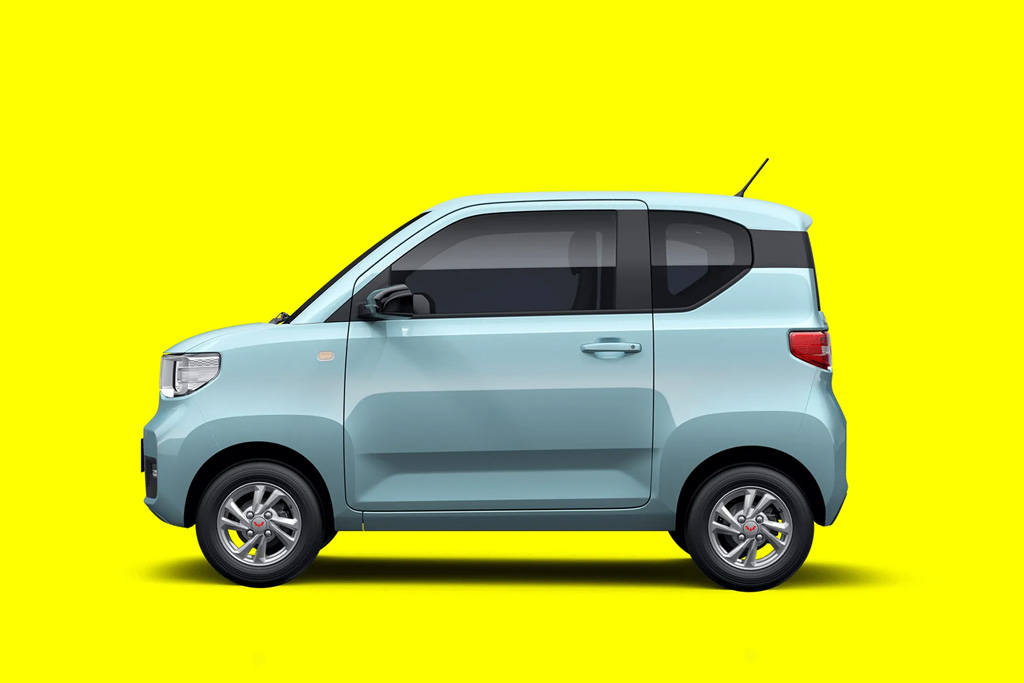
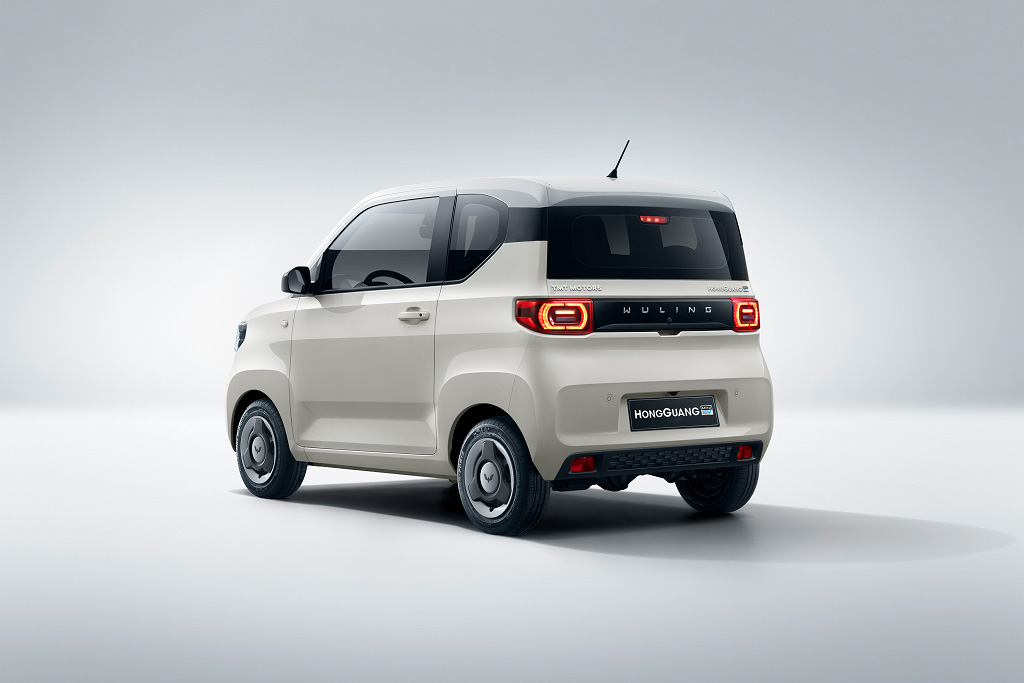
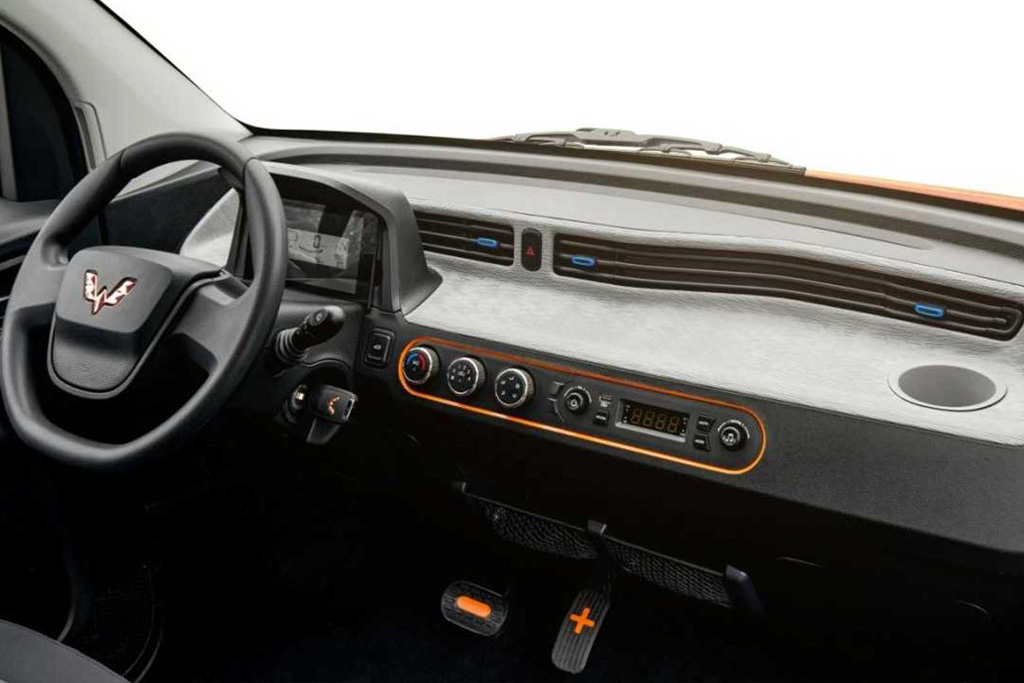
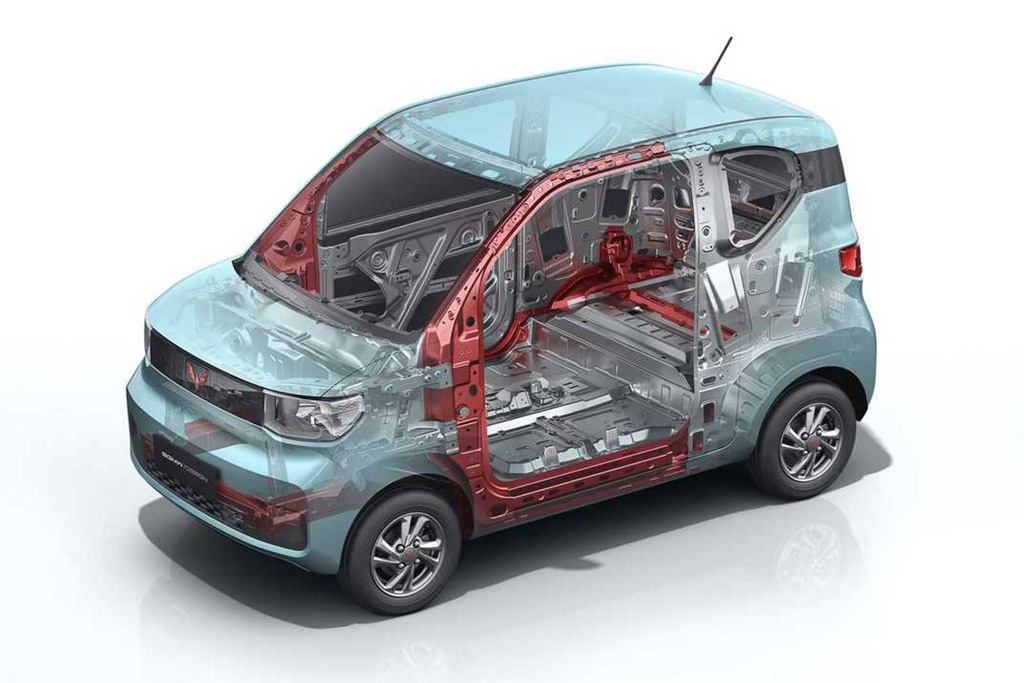
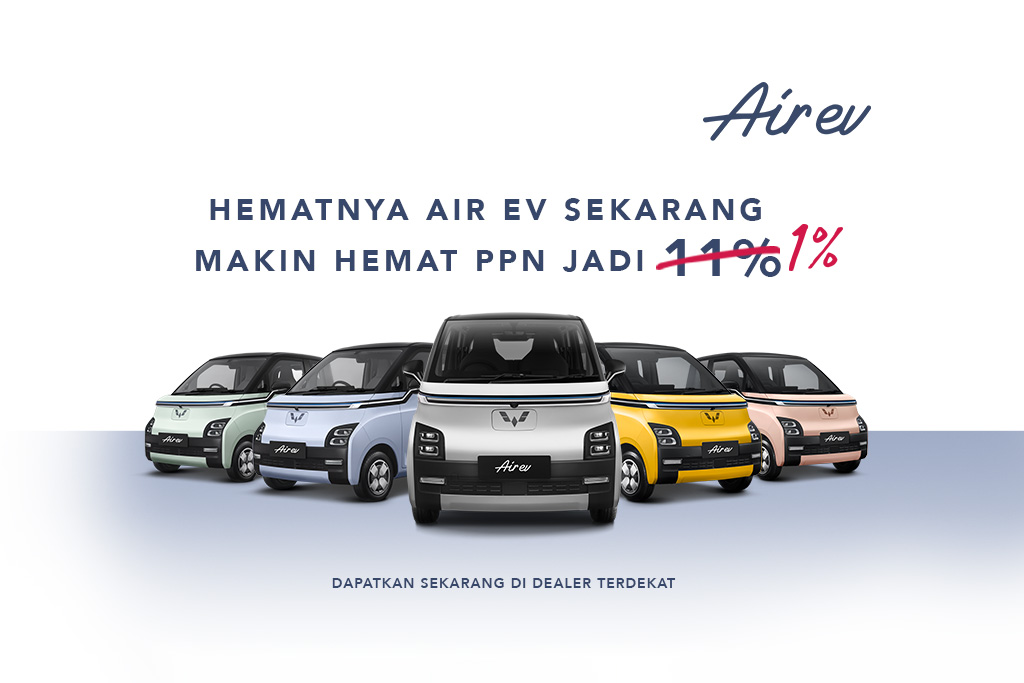
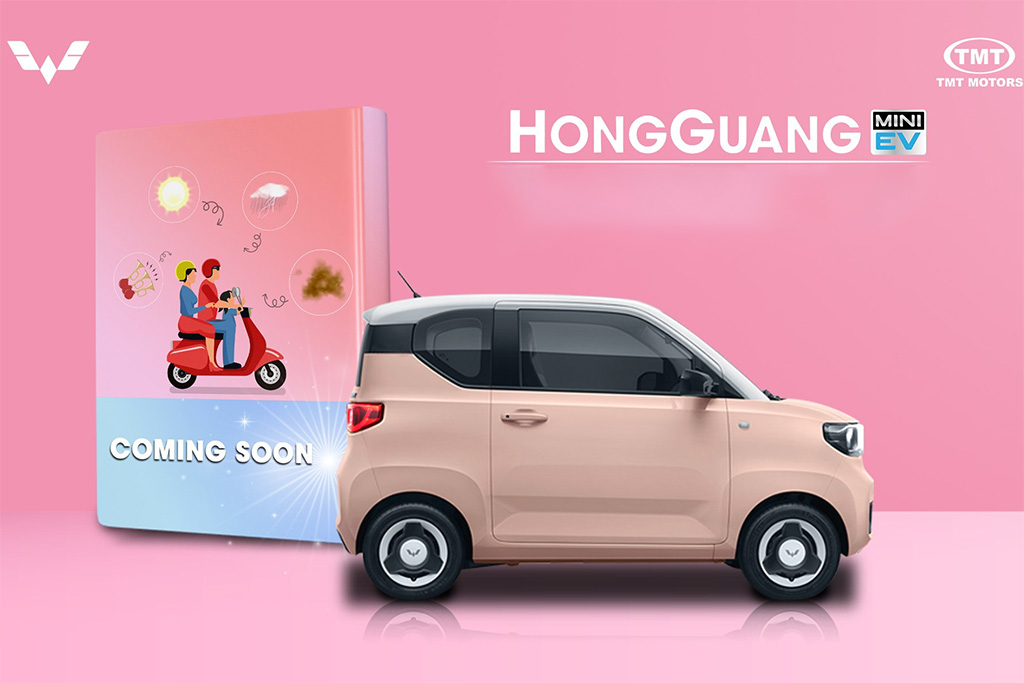

![[CAR REVIEW] The Newly Launched BMW iX3 in Vietnam: Compact, Practical, and Expensive](https://vnauto.net/wp-content/uploads/2023/10/xehay-bmwix3-01082023-9-150x150.jpg)
![[QUICK REVIEW] VinFast VF5: Extremely Affordable, Spacious, and Well-Equipped](https://vnauto.net/wp-content/uploads/2023/10/Xehay_VF5plus_21042318-150x150.jpg)
![[CAR REVIEW] User Reviews of VinFast VF 9: Stylish, Luxurious, Smooth Ride, and Perfect for Families](https://vnauto.net/wp-content/uploads/2023/10/xehay-vinfastvf9-09092023-12-150x150.jpg)










![[CAR REVIEW] Mitsubishi Xpander Cross: A Worthy Leader](https://vnauto.net/wp-content/uploads/2023/11/xehay-mitsubishixpandercross-08052023-16-100x70.jpg)

![[CAR REVIEW] Mitsubishi Xpander Cross: The Ultimate Leader](https://vnauto.net/wp-content/uploads/2024/02/xehay-mitsubishixpandercross-08052023-16-100x70.jpg)